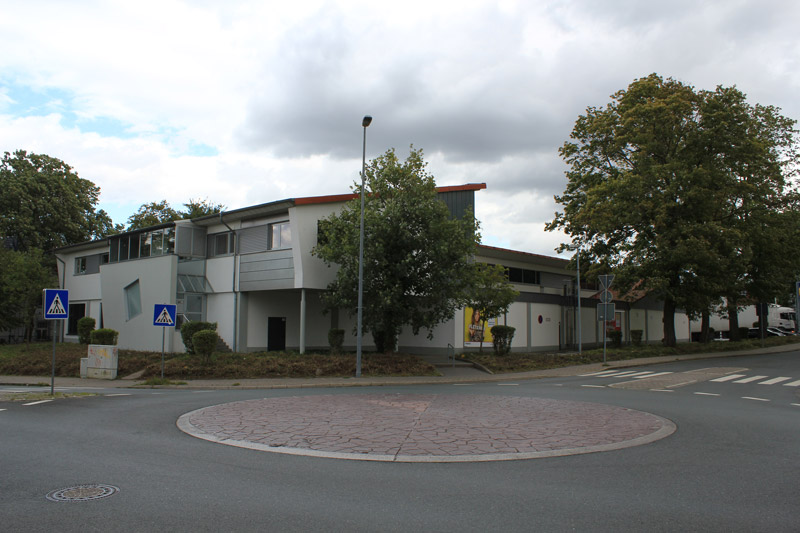The end of World War II witnessed a large group of people, the so-called displaced persons. This term was used for forced labourers who had to work in German companies or in agriculture during the war, war prisoners, people that had fled from the Red Army and inmates of former concentration camps.
There were also displaced persons in Unna, a town where every third worker was a forced labourer in the first half of the 1940s. Most of these people were returned to their homeland in the first months following the end of the war, to once again be confronted with a heavy fate: in the Soviet Union in particular they were accused of collaborating with the Germans and were then transported away to Stalin’s work camps. Because of the fear of persecution in their own country, many displaced persons refused to be returned and remained permanently in Germany.
Initially these displaced persons were usually accommodated in the former forced labour camps. Thousands of DP’s in Unna who originally came from the Soviet Union were initially sheltered in SS barracks in the Iserlohner Straße. Serious conflicts sometimes arose with the home population because of lack of food for example.

The barracks site was located behind the roundabout in Iserlohner Straße.
Return to city map of historical locations
Return to list of historical locations